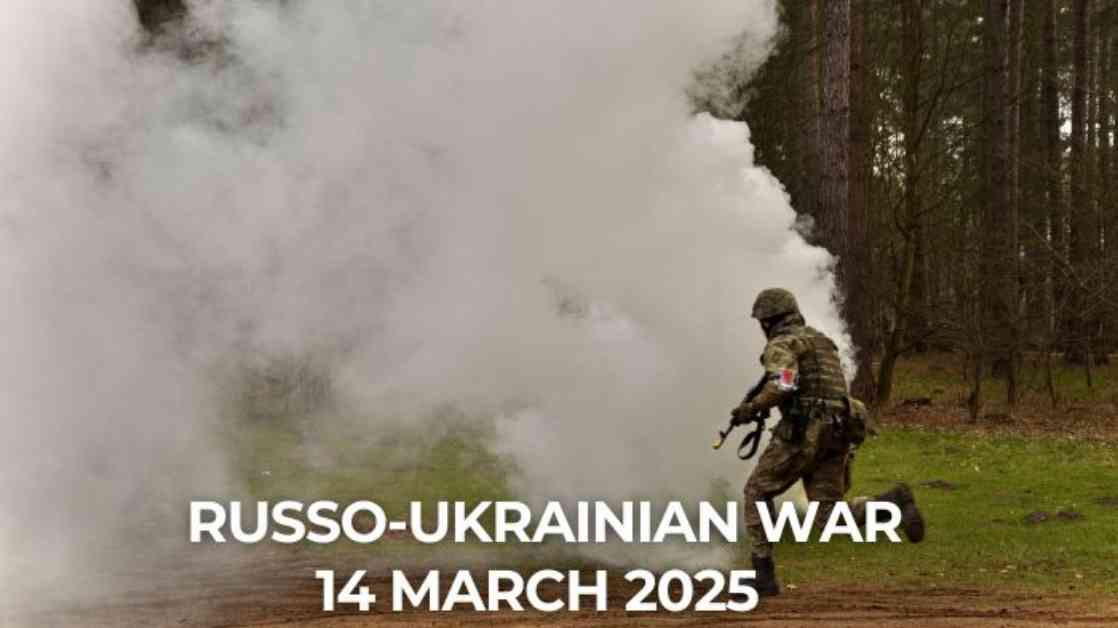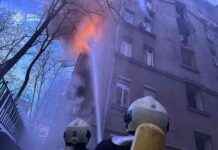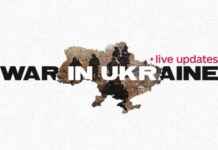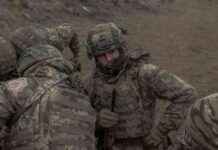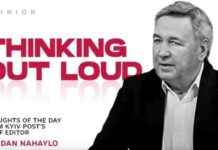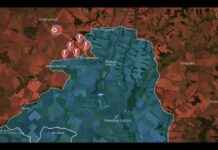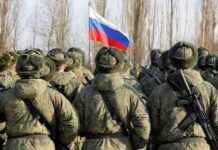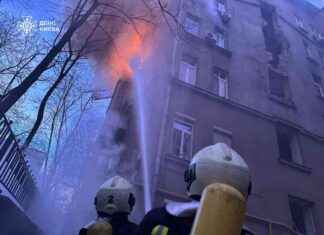Ukrainian Forces Face Mounting Pressure in Toretsk: War Update on Day 1114
In the ongoing conflict in Ukraine, the situation remains tense as Ukrainian forces find themselves under increasing pressure in Toretsk. The latest developments paint a complex picture of military maneuvers, diplomatic talks, technological advancements, and international relations that shape the landscape of this long-standing conflict. Let’s delve into the details of the recent events that have unfolded in the region.
Escalating Military Engagements
Recent reports indicate that Russian missiles struck a residential area in Kryvyi Rih, resulting in 11 people being injured. The indiscriminate nature of such attacks highlights the devastating impact of the conflict on civilian populations, underscoring the urgent need for a peaceful resolution.
President Volodymyr Zelenskyy’s declaration of success in the incursion into Russia’s Kursk adds a strategic dimension to the conflict. By diverting Russian forces from the critical Donetsk Oblast city of Pokrovsk, Ukraine has managed to disrupt enemy plans and potentially shift the balance of power in the region.
However, conflicting reports from the Ukrainian General Staff and US President Donald Trump regarding troop encirclement in Kursk Oblast underscore the challenges of navigating through the fog of war and disinformation. The skepticism expressed by Ukrainian soldiers recovering from wounds further complicates the prospects of a lasting ceasefire agreement.
The attack on a hospital in Kharkiv Oblast by Russian drones serves as a grim reminder of the brutal tactics employed in the conflict. The use of drones in warfare raises ethical questions about the targeting of civilian infrastructure and medical facilities, amplifying the humanitarian crisis unfolding in the region.
Technological Advancements and International Relations
Netflix CEO Reed Hastings’ donation to Ukraine’s White Stork charity for drone jammers highlights the intersection of technology and philanthropy in addressing the challenges of modern warfare. Such initiatives play a crucial role in enhancing Ukraine’s defensive capabilities and protecting vulnerable populations.
Former Ukrainian deputy Artur Palatnyi’s call for maintaining a strong military force and domestic weapons production underscores the importance of self-reliance in safeguarding Ukraine’s security interests. The seizure of advanced Western weapons by Russian forces further emphasizes the need for strategic planning and resource management in the face of evolving threats.
The international response to the conflict, as seen in Vladimir Putin’s reluctance to accept a ceasefire and the European security advisers’ visit to Washington, reflects the complex geopolitical dynamics at play. The varying interests of key stakeholders, including the US, Russia, and European allies, shape the trajectory of the conflict and influence potential peace negotiations.
As European leaders advocate for diplomatic solutions and threaten further sanctions against Russia, the path to a lasting ceasefire remains uncertain. The proposed military aid packages from Germany and Sweden, along with Finland’s commitment to bolstering Ukraine’s defenses, underscore the solidarity of international partners in supporting Ukraine’s sovereignty and territorial integrity.
In the realm of political and legal developments, the tragic death of an Odesa activist and the extension of sanctions against Russia by the EU highlight the human cost and legal ramifications of the conflict. The preservation of frozen Russian assets underscores the economic leverage wielded by international actors in shaping the behavior of state actors involved in the conflict.
In conclusion, the situation in Ukraine remains fluid and fraught with challenges as military engagements, technological advancements, and international relations intersect in shaping the outcome of the conflict. The road to peace is paved with complexities, but the resilience of the Ukrainian people and the support of the global community offer hope for a brighter future in the region.
